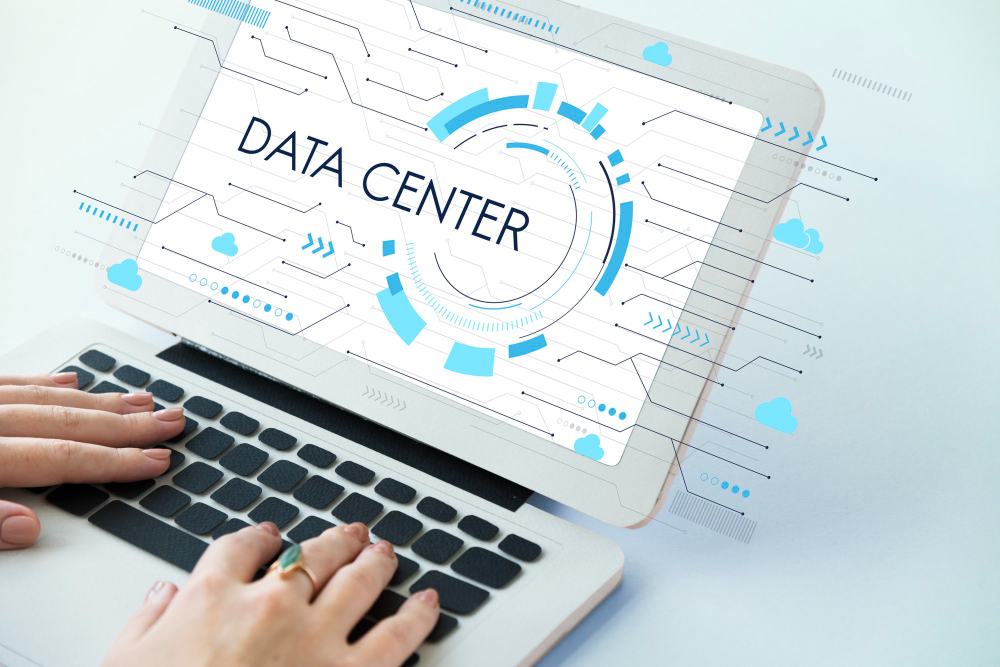In today’s digital era, the importance of effectively managing and synthesizing data across various platforms and systems cannot be overstated. For businesses looking to remain competitive and agile, a robust data integration solution is paramount. This critical tool enables organizations to streamline operations, enhance decision-making, and unlock new opportunities for innovation.
But with a plethora of options available, how do you pinpoint the ideal solution that aligns with your specific needs? In this blog post, we will explore the key considerations and strategies to help you make an informed decision when choosing the right data integration solution for your organization.
Understanding Your Data Needs
Before diving into the sea of data integration technologies, it’s crucial to have a clear understanding of your business’s data needs. Ask yourself: What kind of data are you handling? How often does this data need to be updated or accessed? Who in your organization needs access to this data, and for what purposes? By answering these questions, you can establish a clear set of requirements that your data integration solution must meet.
For example, if your business relies heavily on real-time data for operational decision-making, you’ll need a solution that can process and integrate data swiftly and efficiently. Conversely, if your data usage is more analytical, focusing on historical data trends, a solution that offers robust data warehousing capabilities might be the better fit.
Evaluating Integration Technologies
Once you understand your data needs, the next step is to evaluate the different types of data integration technologies available. Broadly, these can be categorized into tools that handle batch integration, real-time integration, or a hybrid of both.
Batch integration tools are effective for processing large volumes of data that do not require immediate updating. These tools can schedule data integration tasks to run during off-peak hours, minimizing the impact on system performance. On the other hand, real-time integration tools are designed to capture and integrate data as soon as it is generated, providing up-to-the-minute data accuracy—essential for businesses that operate in dynamic environments where conditions change rapidly.
Each type of technology offers distinct advantages and may be suitable for different business scenarios. Hence, aligning the technology with your specific data needs is critical when selecting a data integration solution.
Assessing Integration Tool Features
After narrowing down the type of integration technology, assess the specific features offered by different tools. Key features to consider include scalability, ease of use, support for multiple data formats, and security measures.
A scalable data integration solution can grow with your business, accommodating increased data volumes without compromising performance. Ease of use is also important, particularly if you aim to empower non-technical team members to perform data integration tasks. Furthermore, robust security features such as data encryption and secure data transfer protocols are indispensable in an age where data breaches are common.
Vendor Considerations
Choosing the right vendor is just as important as selecting the data integration tool itself. Look for vendors with a solid reputation, a track record of reliability, and strong customer support. A vendor that offers comprehensive training and support can drastically reduce the learning curve associated with new software and ensure your team makes the most of the data integration solution.
Integration with Existing Systems
Another crucial factor is how well the data integration tool integrates with your existing systems. A tool that seamlessly connects with your current IT infrastructure will reduce implementation costs and minimize disruptions to your operations. It’s beneficial to choose a solution that supports a wide range of data sources and destinations, as this flexibility will make it easier to adapt to future changes in your IT environment.
Long-Term Considerations
Finally, consider the long-term implications of your choice. A data integration solution that may seem adequate for your current needs might not be sufficient as your business grows or as technology evolves. Opt for solutions that are regularly updated and improved by their providers, ensuring they stay relevant and continue to meet the evolving needs of your business.
Conclusion
Selecting the right data integration solution requires careful consideration of your business’s unique data needs, the capabilities of different integration technologies, and the most important features to your operations. It also involves evaluating potential vendors and the compatibility of their tools with your existing systems.
By taking the time to assess each of these aspects thoroughly, you can ensure that the data integration solution you choose meets your current requirements and supports your business as it evolves. Remember, the goal is to enable seamless, secure, and efficient data integration that drives better business outcomes and supports sustained growth.
Read More:
Data Integration Trends



